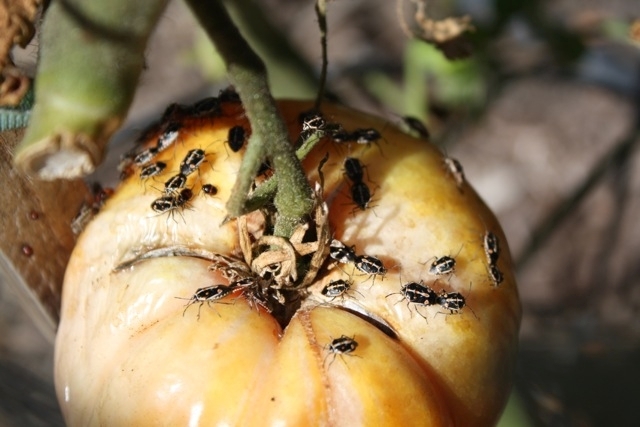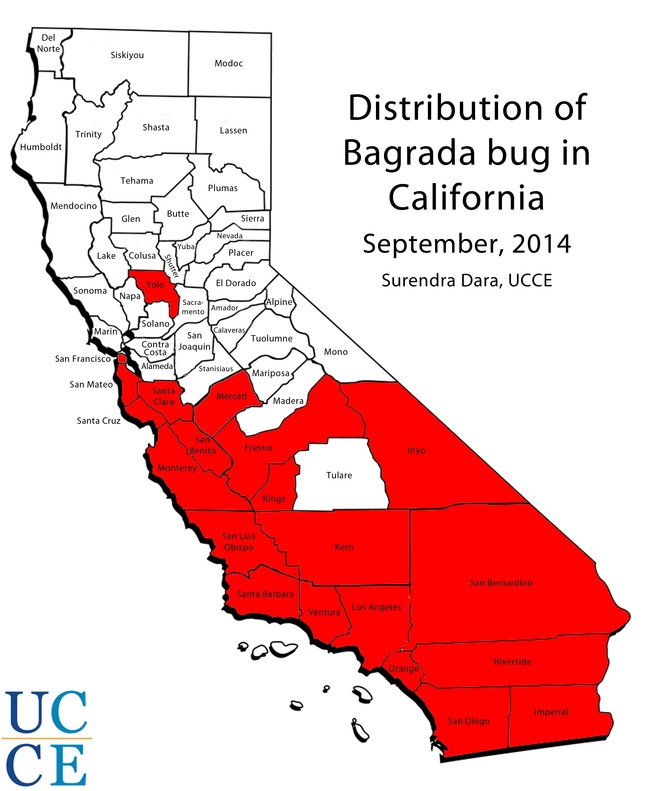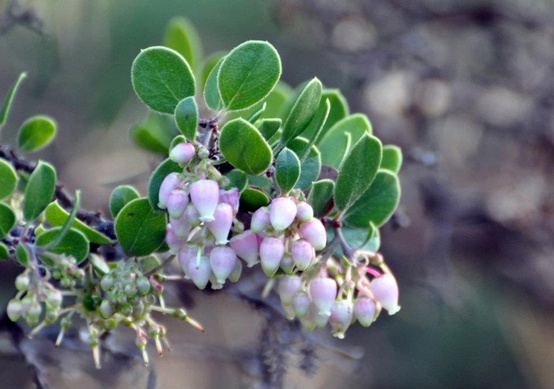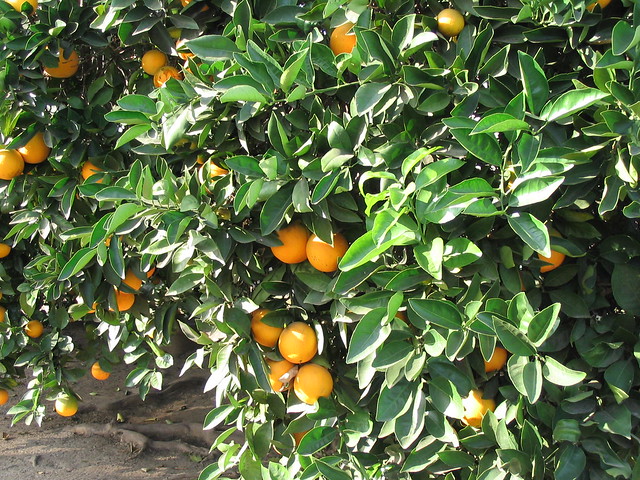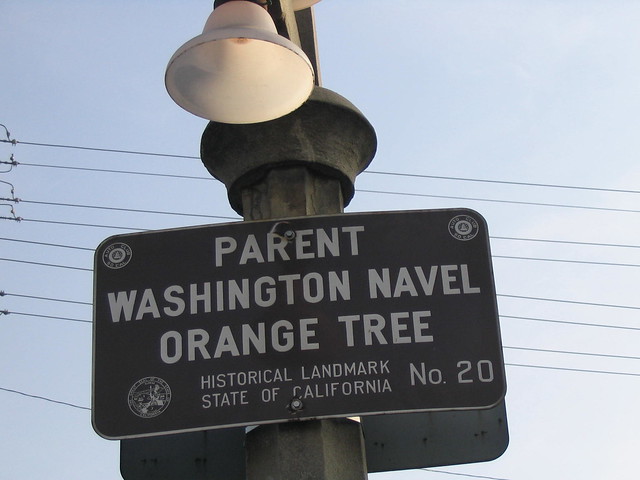Working at the nursery the other day I had a chance encounter with a group of young people who work for a state run organization. They are learning about the garden and how to grow food. They have started seeds, and came by to learn about the compost tea we make. Afterward I was told that just the other day the powers to be told them they cannot have a garden this year, due to the drought. I guess they will just have to buy their food from the local grocery store. What kinds of lessons are these young people learning when they are told they can’t grow healthy, organic food to eat? I guess the thinking is, “conserve water buy relinquishing your ability to monitor it and use it wisely.” Instead we are supposed to go to the grocery store during a drought, and buy food that was grown by “professional” farmers who know how to use the very same water better?
A friend and fellow nursery person Annie Hayes, of Annie’s Annuals in Richmond, penned a wonderful post titled, “Home Gardeners are NOT the problem.. Read it to learn why the garden is getting an unfair reputation for water waste during the drought. The garden, be it ornamental or edible, adds immensely to our lives. Our gardens can still produce and thrive during a drought. We just need to be more mindful this year about how the water is used. Gardens and gardeners are easy marks for scorn during our annual low water cycles. It’s so easy to point one's finger and say, “that garden should be allowed to die, or not even be planted this year”.
Annie summed it up well with this, “If you don’t have a large lawn in a hot Summer area, YOU ARE NOT THE PROBLEM. If you’re growing a sensible mix of low and average water use plants YOU ARE NOT THE PROBLEM. Home gardeners who are growing healthful fruits and vegetables or flowers for joy, beauty, and to support and enjoy our birds, butterflies and bees ARE NOT THE PROBLEM. You don’t have to stop watering your beautiful plantings – just be smart about it.”
I offered to help the young people and the organization they work for learn how to still have that garden, while learning how to be good stewards of the water we are allotted. Don’t let all those wonderful seedling plants die just because the bureaucracy in charge can’t see beyond “NO GARDEN”. Don’t send the message to these young people and others that we can’t be responsible enough to know how to handle our own health, and the ability to grow what we need to live. Let's "teach our children well" during this drought. Panic and giving up are not an option. At this time in our history, and at this place, we need to "get ourselves back to the garden" more than ever.
“I have come here to lose the smog
And I feel to be a cog in something turning
Well maybe it is just the time of year
Or maybe it's the time of man
I don't know who l am
But you know life is for learning
We are stardust
We are golden
And we've got to get ourselves
Back to the garden."
Woodstock
by Joni Mitchell, Woodstock


